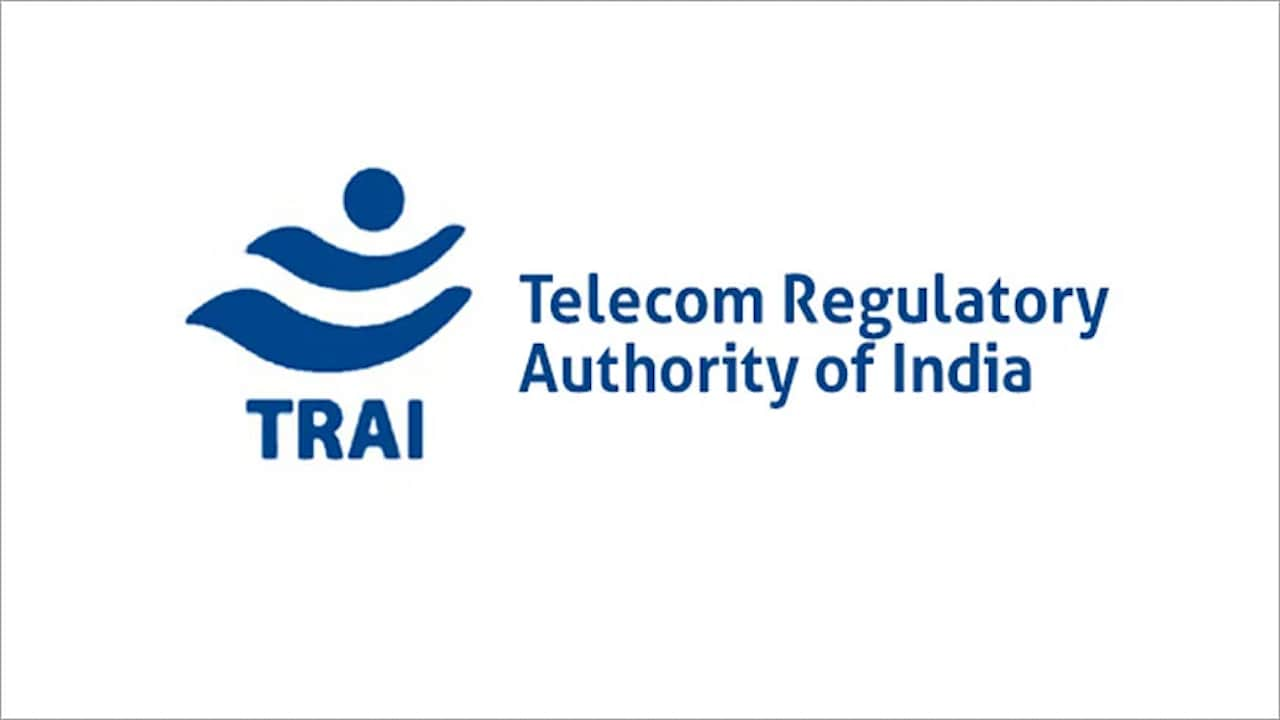The Telecom Regulatory Authority of India (TRAI) will meet multiple stakeholders on January 8 for an Open House Discussion on Consultation Paper (CP) Formulating a Digital Radio Broadcast Policy for private Radio broadcasters. TRAI had released the CP on September 30 last year.
TRAI received 43 comments and 13 counter comments. In order to develop an eco-system, which can facilitate deployment of digital radio broadcasting, TRAI suo-motu gave its recommendations on “Issues related to Digital Radio Broadcasting in India” on 1st February 2018.
Multiple stakeholders including Association of Radio Operators for India(AROI), Federation of Indian Chambers of Commerce & Industry(FICCI), India Cellular & Electronics Association(ICEA), The National Chamber of the Radio and Television Industry(CIRT), Mercedes-Benz India Private Limited among others have shared their comments.
Ministry of Information and Broadcasting vide its reference dated 23rd April 2024 has sought recommendations of TRAI on formulating a digital radio broadcast policy for private Radio broadcasters. MIB has mentioned that in order to cater to technology shift, some existing provisions under FM Phase-III policy may require a relook. MIB has also highlighted certain issues that may be considered while formulating recommendations for digital radio broadcast policy.
TRAI had also emphasized that the government should come out with a detailed policy framework for Digital Radio Broadcasting in India, which should provide detailed roadmap for rollout of digital radio broadcasting services in a time bound manner.
At present, analogue terrestrial radio broadcast in India is carried out in Medium Wave (MW) (526–1606 KHz), Short Wave (SW) (6–22 MHz), and VHF-II (88–108 MHz) spectrum bands. VHF-II band is popularly known as FM band due to deployment of Frequency Modulation (FM) technology in this band. All India Radio (AIR) – the public service broadcaster – provides radio broadcasting services in MW, SW and FM bands. Private sector radio broadcasters are licensed to transmit programs in FM frequency band (88-108 MHz) only.
Digital Radio broadcasting will provide a number of advantages over analogue radio broadcasting. The major advantage of Digital Radio broadcasting is capability of broadcasting three to four channels on a single frequency carrier, while ensuring excellent quality of audio for all the channels, whereas in the analogue mode only one channel broadcasting is possible on a frequency carrier. In a competitive environment, digital radio broadcasting can provide exciting new opportunities to radio broadcasters as well as a host of value-added-services to the listeners.
All India Radio (AIR) has initiated digitization of its analogue MW and SW radio broadcast network and replaced its existing 38 analogue transmitters with digital transmitters. AIR has conducted trials for digital radio technologies in FM band also. However, any initiative in digitization of FM band by private FM radio broadcasters is still awaited.
